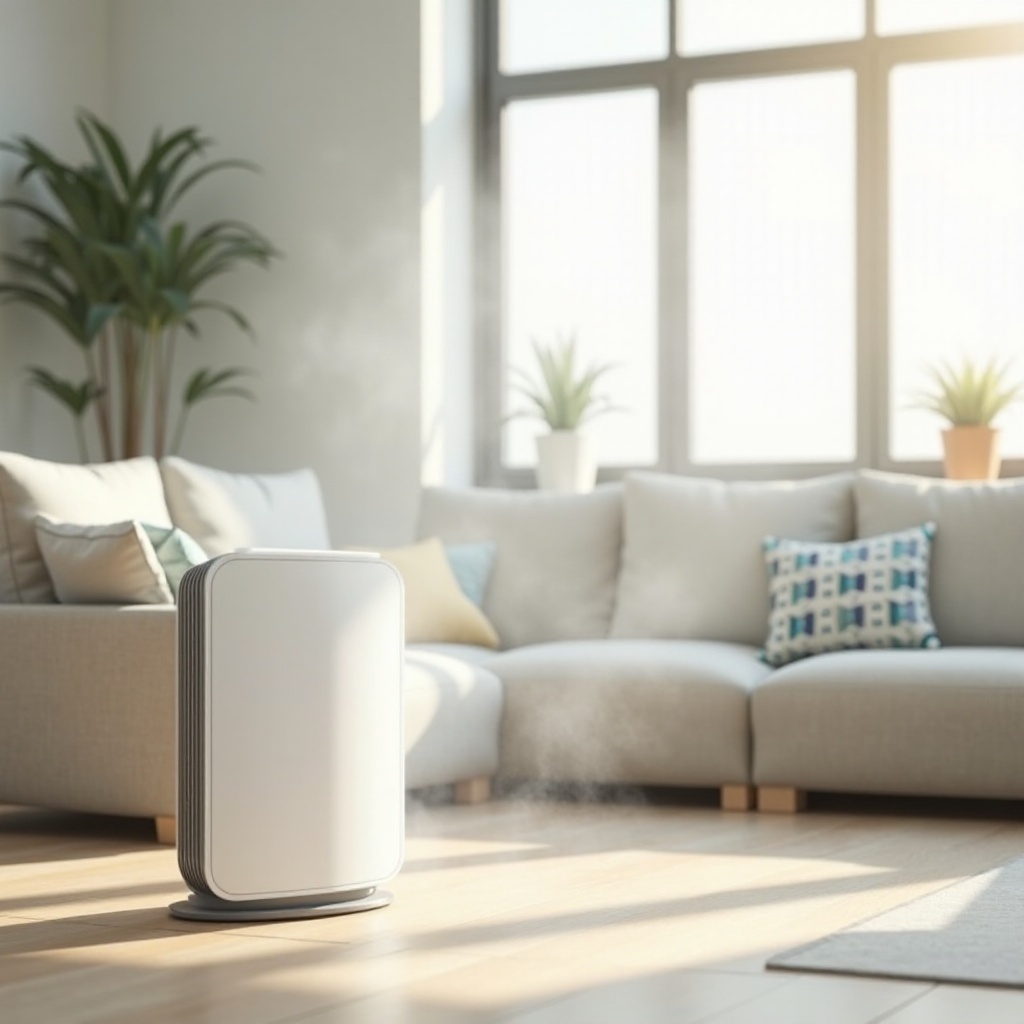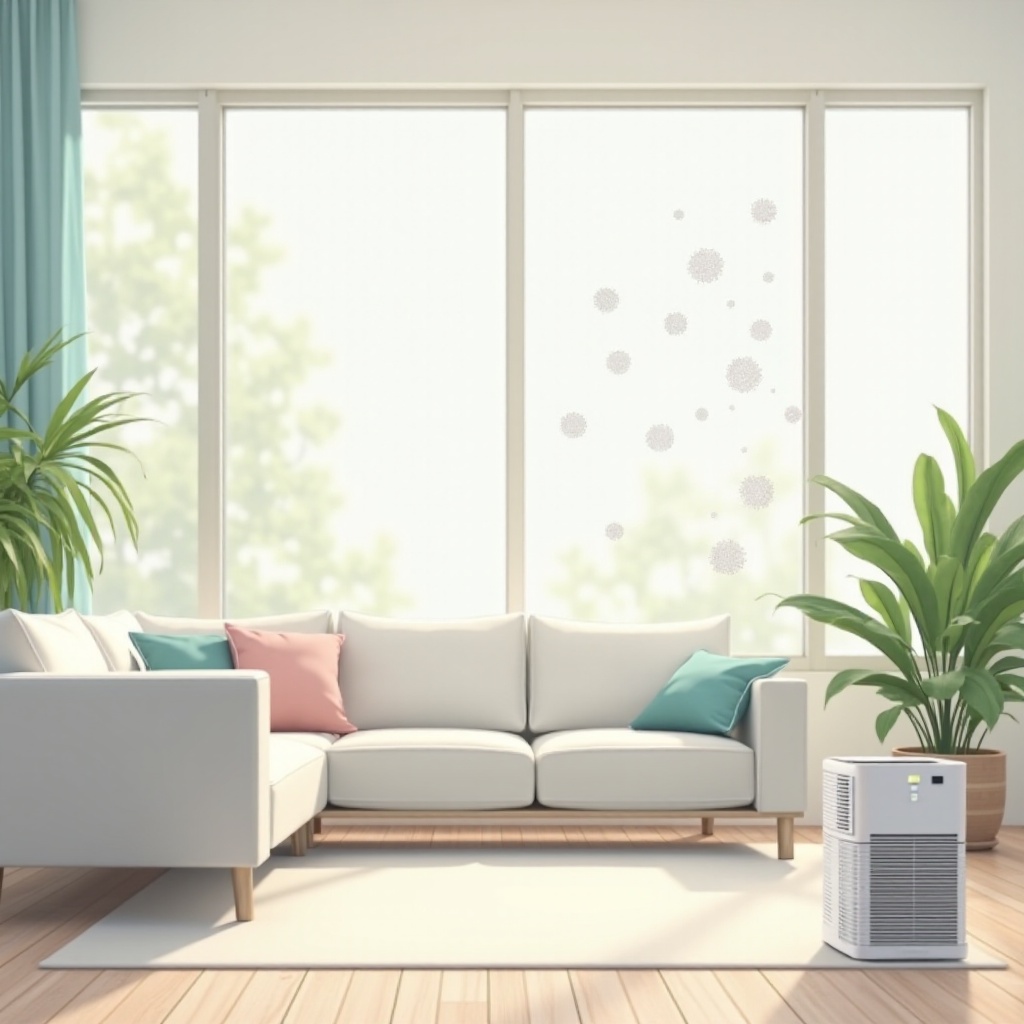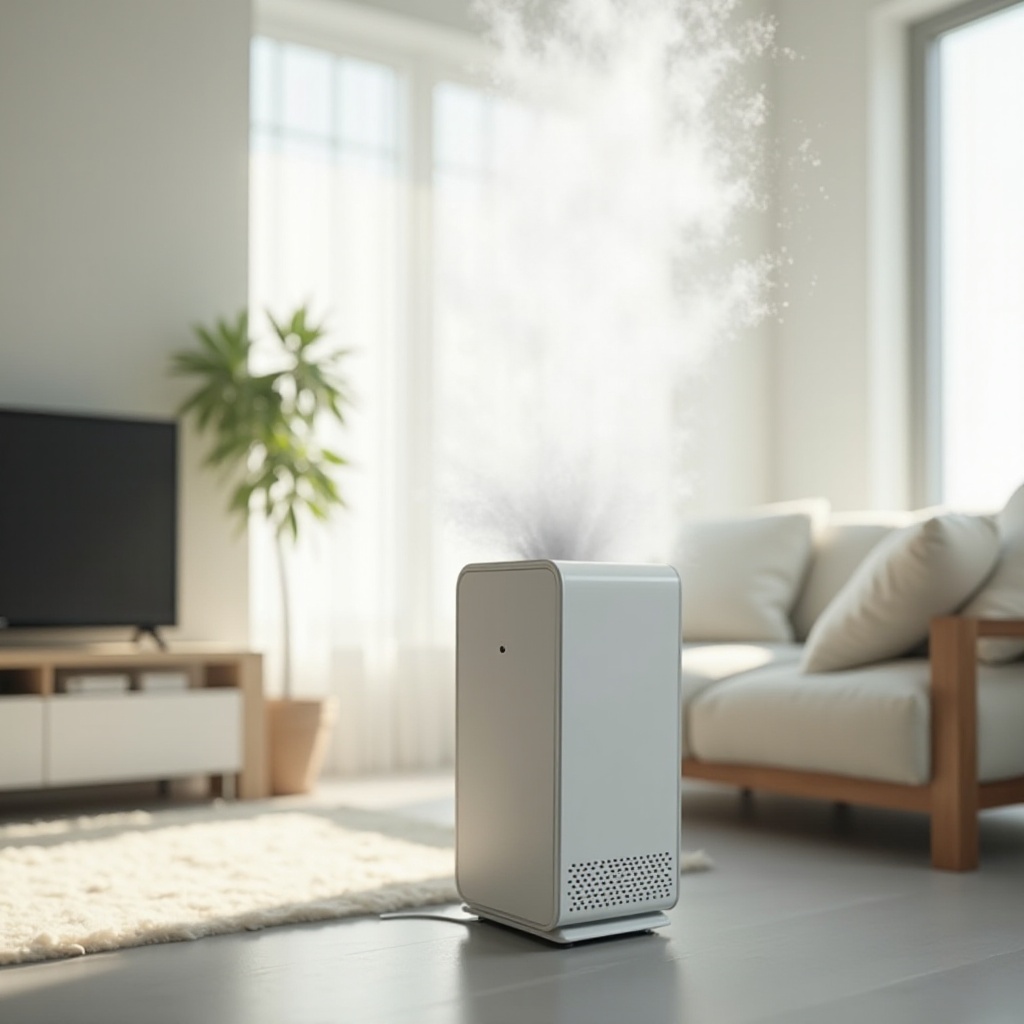Introduction
Air quality inside homes is a growing concern, especially with the continual accumulation of dust. Dust comprises particles from various sources such as dead skin cells, pollen, pet dander, and other miscellaneous debris. Many wonder if air purifiers can indeed remove dust from the air effectively. This article provides an in-depth look at how air purifiers work, their effectiveness in dust removal, and offers tips for maintaining a dust-free home.

Understanding Household Dust
What Makes Up Household Dust?
Household dust is a mixture of different elements. It includes dead skin cells, tiny fabric fibers, dust mites, pet dander, pollen, soil particles, and even microscopic organisms. These are minute particles that, collectively, create the dust we notice on surfaces.
Common Sources of Indoor Dust
The most common sources of indoor dust include:- Human activity: Shedding skin and hair- Pets: Dander, fur, and dried saliva- Outdoor particles: Dirt and pollen brought in through doors and windows- Household items: Fabric fibers from furniture, carpets, and clothing- Dust mites: Microscopic insects that feed on dead skin cells
Health Implications of Dust
Dust can have significant health implications, particularly for those with allergies or respiratory conditions. Dust mites, a common component of household dust, are known allergens. Exposure to dust can trigger asthma attacks, allergic reactions, and other respiratory issues. Therefore, maintaining a dust-free environment is essential for good health.
How Air Purifiers Work
Basics of Air Purification
Air purifiers are devices designed to remove contaminants from the air, including dust particles. They work by drawing air through various filters that trap harmful particles and release clean air back into the room. This continuous cycle helps reduce airborne pollutants.
Types of Air Purifiers
The main types of air purifiers include:- HEPA Filters: Known for trapping 99.97% of particles that are 0.3 microns or larger.- Activated Carbon Filters: Effective in removing gases, odors, and some VOCs (volatile organic compounds).- Ionizers: Emit charged ions that attach to particles, causing them to fall from the air and often needing to be collected from surfaces.- UV-C Light Purifiers: Use ultraviolet light to kill bacteria and viruses while providing some dust removal.
Key Technologies: HEPA, Activated Carbon, Ionizers
Each of these technologies has its strengths:- HEPA Filters: Best at removing small particles, including dust, from the air.- Activated Carbon: Great for deodorizing and removing chemical pollutants.- Ionizers: Useful for making particles heavier and easier to clean off surfaces.- UV-C Light: Enhances bacterial and viral pathogen control.
Combining these technologies can significantly improve indoor air quality by addressing different types of pollutants.

Effectiveness of Air Purifiers in Dust Removal
Role of HEPA Filters
HEPA filters are the gold standard for dust removal. They are capable of capturing microscopic dust particles and are particularly effective for those with allergies or asthma. By filtering out 99.97% of particles as small as 0.3 microns, HEPA filters ensure that the air released is significantly cleaner.
Studies and Evidence on Dust Removal
Multiple studies indicate that air purifiers with HEPA filters are highly effective in reducing dust levels in indoor environments. Research shows a marked reduction in particulate matter after continuous use of air purifiers. However, the effectiveness can vary based on the air purifier's CADR (Clean Air Delivery Rate), the size of the room, and how often the filters are changed.
Factors Influencing Efficiency
To maximize the dust removal efficiency of an air purifier:- Room Size: Select a purifier suitable for the room's square footage.- Filter Maintenance: Regularly replace or clean filters as recommended by the manufacturer.- Purifier Placement: Position the purifier in the center or the most-used area of the room.- Continuous Operation: Run the purifier continuously for consistent air quality improvement.

Choosing the Right Air Purifier for Dust
Key Features to Look For
When selecting an air purifier for dust removal, consider these features:- HEPA Filtration: Essential for trapping dust particles efficiently.- CADR Rating: Indicates the volume of purified air the unit can deliver per minute. A higher CADR is better for larger rooms.- Filter Replacement Indicators: Helps maintain the purifier's efficiency by alerting you when it's time to change filters.- Noise Levels: Choose a model with acceptable noise levels, especially for bedrooms or quiet spaces.
Top Recommendations for 2024
Here are some of the top air purifiers for dust removal:1. Dyson Pure Cool TP04: Excellent HEPA and activated carbon filters, high CADR, and easy filter replacement.2. Levoit Core 300: Affordable, compact, and efficient with a true HEPA filter.3. Honeywell HPA300: High CADR, suitable for larger rooms, and efficient HEPA filtration.4. Blueair Blue Pure 211+: Features a combination of high-efficiency particulate filters and carbon filters for comprehensive dust removal.
Maintenance and Usage Tips
To ensure optimal performance:- Replace filters regularly: Follow the manufacturer's guidelines.- Clean pre-filters: If applicable, wash or vacuum them to extend the life of the main filter.- Regular positioning: Keep the purifier in a central location for maximum coverage.- Unobstructed air flow: Ensure that the intake and outlet areas are unobstructed.
Additional Tips for Reducing Indoor Dust
Regular Cleaning Practices
Implementing regular cleaning practices can also help reduce dust. These include:- Dusting surfaces: Use microfiber cloths to trap dust instead of spreading it.- Vacuuming often: Use a vacuum with a HEPA filter to capture more dust.- Washing bedding and curtains: Dust builds up on fabrics, so wash these items regularly.
Using Microfiber Cloths and HEPA Vacuums
Microfiber cloths are excellent for dusting because they attract and hold dust particles. HEPA vacuums are also highly effective as they can trap smaller dust particles that regular vacuums might miss.
Controlling Humidity Levels
Dust mites thrive in humid environments. Maintaining indoor humidity between 30-50% can reduce dust mite populations and overall dust levels. Use dehumidifiers where necessary and ensure good ventilation.
Conclusion
To sum up, air purifiers are effective tools for removing dust from the air. By understanding how they work, choosing the right model, and following proper maintenance and additional dust-reduction practices, you can significantly improve the indoor air quality of your home.
Frequently Asked Questions
How often should I change the filter in my air purifier?
Most HEPA filters should be replaced every 6-12 months, but it depends on the model and usage. Check the manufacturer's guidelines for specifics.
Can air purifiers help with allergies related to dust?
Yes, air purifiers can reduce dust and other allergens in the air, which can relieve allergies. HEPA filters are particularly effective at trapping allergens.
What size air purifier do I need for my room?
Check the CADR rating and the recommended room size for each purifier model. Ensure the purifier matches or exceeds the room's square footage for optimal performance.
